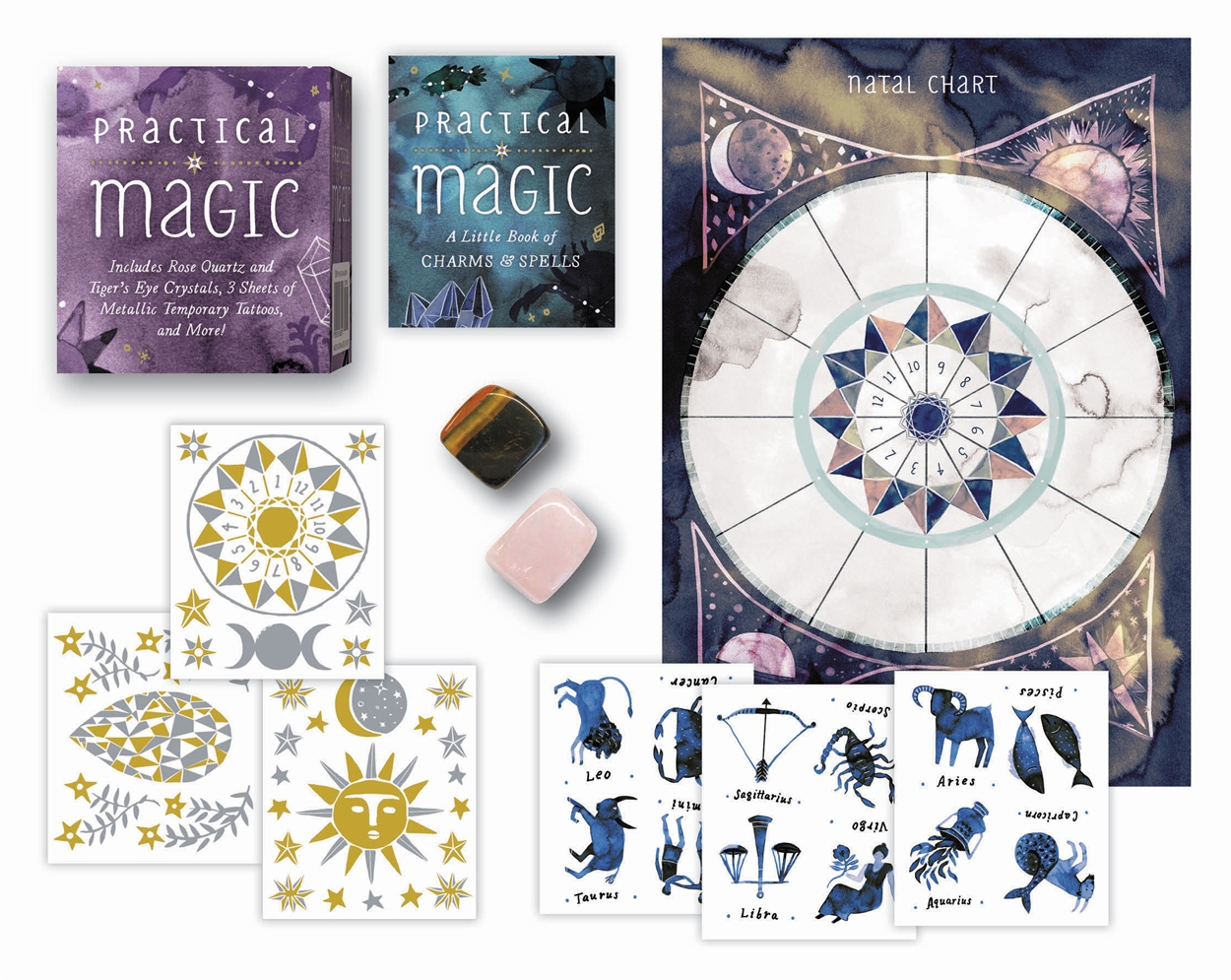
This was the case in 63 percent of esophageal cancer surgeries and 48 percent of bladder cancer surgeries, for example.

Research has shown repeatedly that surgical volume matters: Patient outcomes are better, complications are lower, and the risk of death is less when a procedure is performed by surgeons who (and in hospitals that) have greater experience with it.Īnd yet, an analysis of 11 cancer procedures in California during 2014 found a surprising number were performed by hospitals that had done just one or two that year.

How many times has this surgeon or hospital performed the procedure? Rather than relying on magical or wishful thinking, these three practical questions can help move you in the right direction and increase the likelihood that a surgery will be a success and that you’ll avoid complications. Who do other physicians recommend? Are there any public ratings of these physicians? And if so, how valid are they? What are the hospital’s mortality and complication rates? You and your loved ones can spend days seeking information to guide your choices.Įven after extensive research, you may still be unsure where to get care or want to confirm you’ve made the right choice. When one needs a serious medical procedure-the kind that can determine future quality of life or chances of surviving a disease-it can send one on a quest for the right surgeon and hospital. Practical Magic travels from 1998 to 2018 as a beloved cultural icon that withstands the test of time and reinvigorates interest in witchy feminist spirituality, reminding us that there is, as Aunt Jet says, “a little witch in all of us.” At its core, the film reaffirms that women and girls harbor deep inner reserves of power, and that we’re at our very strongest when we come together in solidarity, healing, and love.These three key questions can transform healthcare decisions. In turn, the town at last accepts the family, celebrating their public Halloween “coming out” when the Owens women and girls deck themselves out in black dresses and whimsical pointy hats and jump off the roof of their rambling Victorian house, floating down with umbrellas Mary Poppins–style and laughing, to the cheers and delight of those below.

Yes, Sally ends up with Gary in a heteronormative fairy-tale crescendo, but she also deepens her connection to her witchiness and finally embraces being less than “normal” after running from it her whole life.

In one of the movie’s final scenes, as Sally engages in a blood oath with Gillian and cries out, “My blood, your blood, our blood,” Aunt Jet (Dianne Wiest) adds, “Maria’s blood!” A powerful white light pulsates through the circle of women as Sally, embracing Gillian, has flashbacks of their life together, and as the ragtag coven joins hands, the flashback montage includes Maria’s face, uniting the past with the present as the power of women’s love and community brings Gillian back from the brink and heals the trauma that created, and arose from, Maria’s curse. In Practical Magic, women express desire and love for men, but those men are at the mercy of their power.


 0 kommentar(er)
0 kommentar(er)
